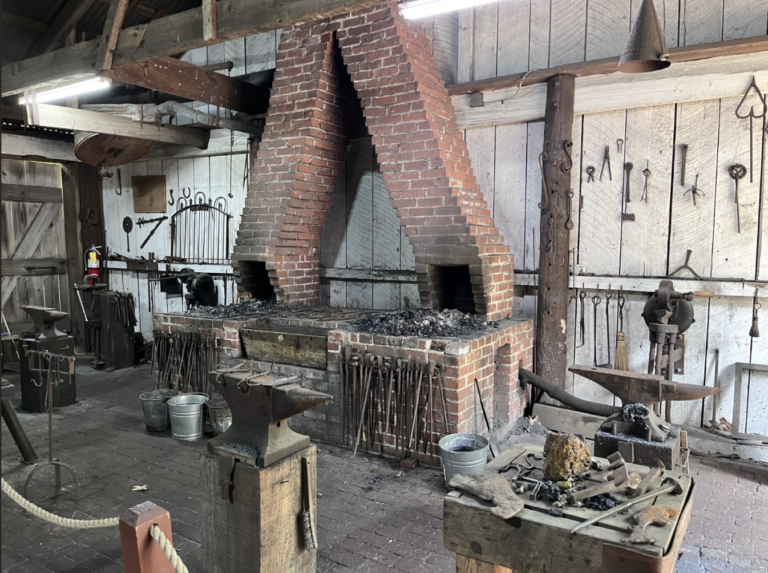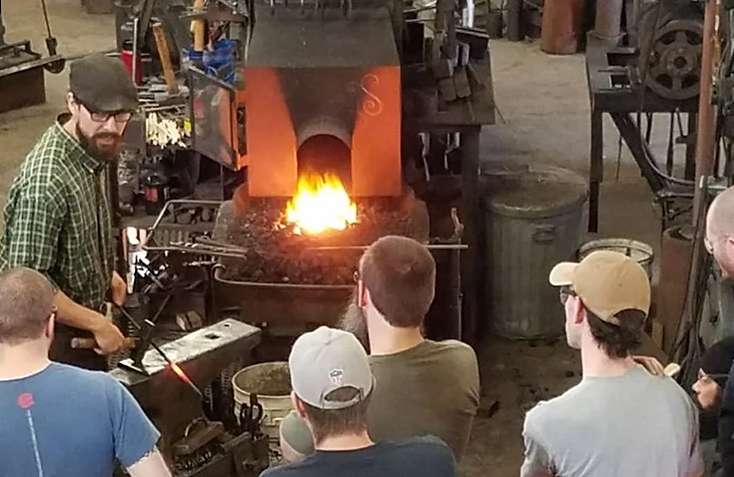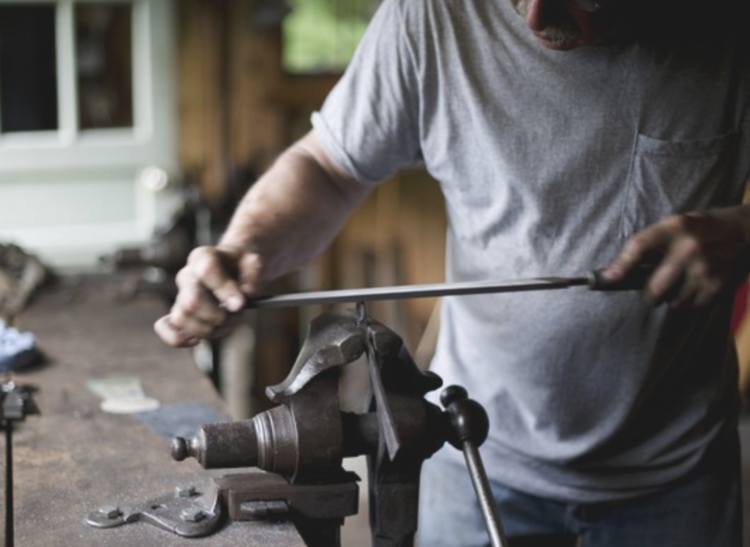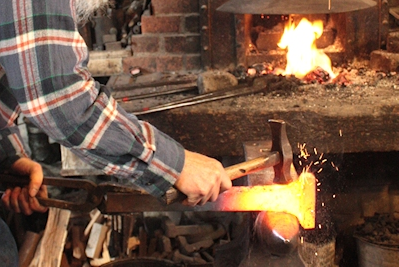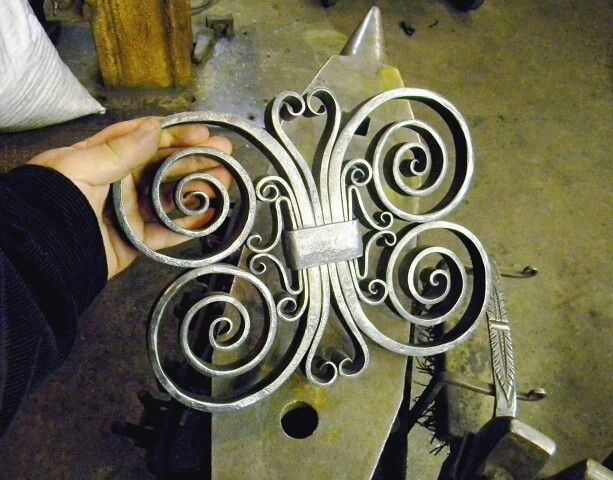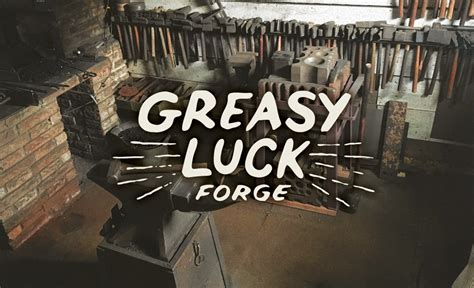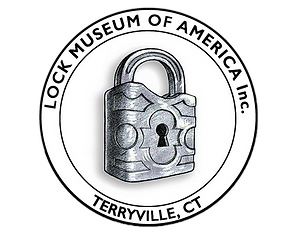About
why this work?
“I loved the possibilities that locks and keys presented. There was no end to their variety, and there was room for both mechanical intricacy and artistic expression. The only limitation was my imagination.”
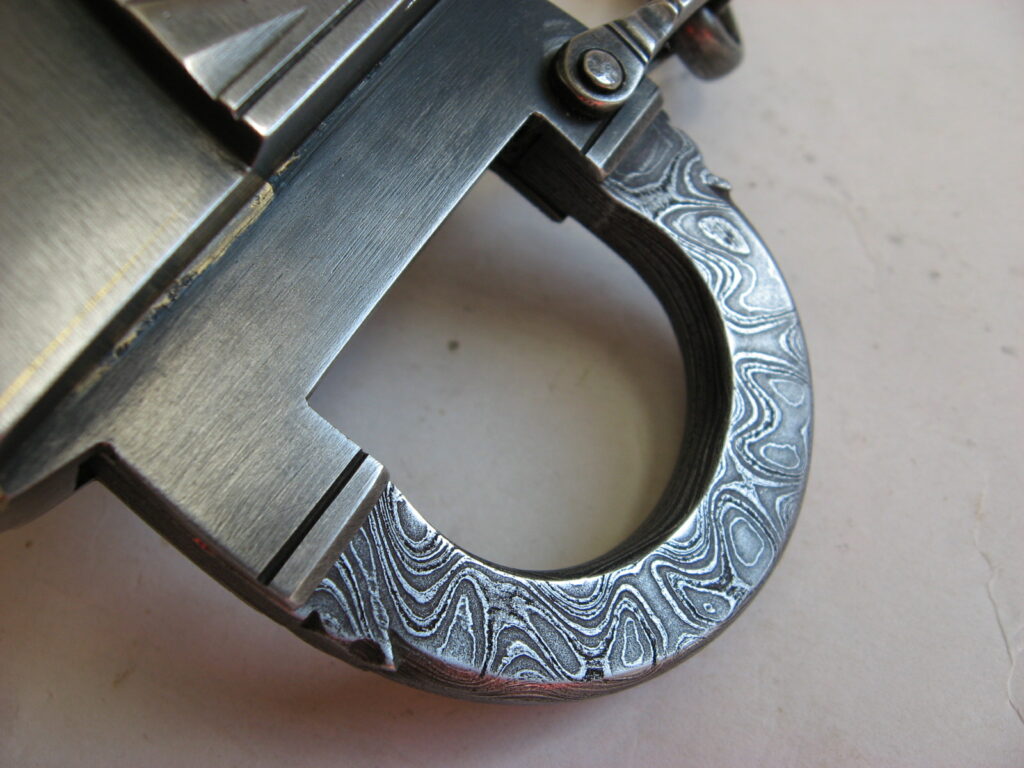
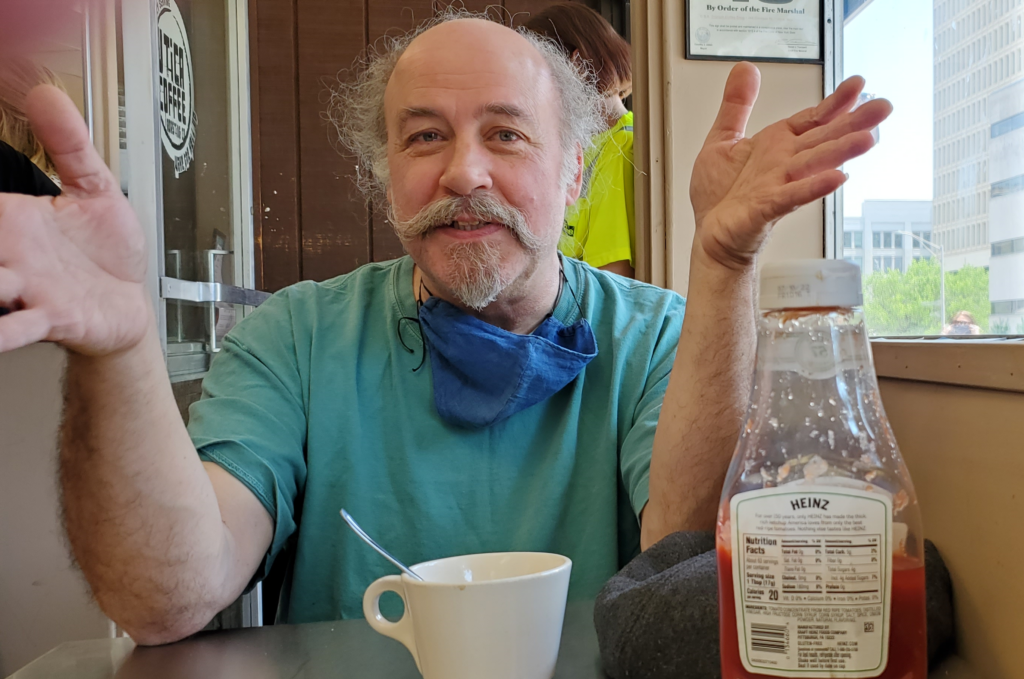
locked doors, found keys
I love the pathos of handmade objects, especially pre-industrial locks and keys. My study collection has many examples from little European towns, and I can almost hear the workmanlike grumbling of the apprentices as they hammer and file, making locks for their shop owner’s customers. The elegant ball locks that are my signature product were common and cheap in those days, but there were high-end commissions, too, with tricks and heavy metal and dazzling ornaments that seem designed to intimidate thieves.
My contemporary locks, keys, and strongboxes are inspired by this history, but I depart from the near-production-line methods of the old workshops and make most of my pieces one at a time. I think of them as mechanical sculptures, some small enough to keep in a pocket, though I’ve made some whopping heavy ones, too. Decorative details, including traditional motifs, are part of the creative excitement when I’m making a lock. I add elements, like laminated steel shackles, that might not be traditional—but who knows? There are many variations in lock-making history, and if I can think of it, somebody has probably tried it.
I’m a smith who makes locks, but I’m not a locksmith in the modern sense. I often say that my locks are good for keeping the toddlers out of the whiskey. People like my work as functional art, maybe to protect something precious and reflect on what it means to feel secure. Some just love the “click.” I hope it brings joy.
One of my dreams as a kid was to build pipe organs. It was a more realistic option than, say, banking, because my mind struggled with puzzles like subtracting 7 from 9. Early Baroque organ music opened a beautiful space in my imagination, so it’s both strange and wonderful that I now make locks and keys in an old organ factory. My story has a lot of echoes like that. I hope it encourages others who have had to be crafty with work-arounds.
inspiration and community
A mentor once told me that blacksmithing was the most useful ancillary craft to woodworking, stone construction, and many other trades because blacksmiths can make their own hand tools. It was just what I needed to hear. These are a few of the teachers, students, and colleagues who have inspired me through the years. There are many others, and I salute them!
